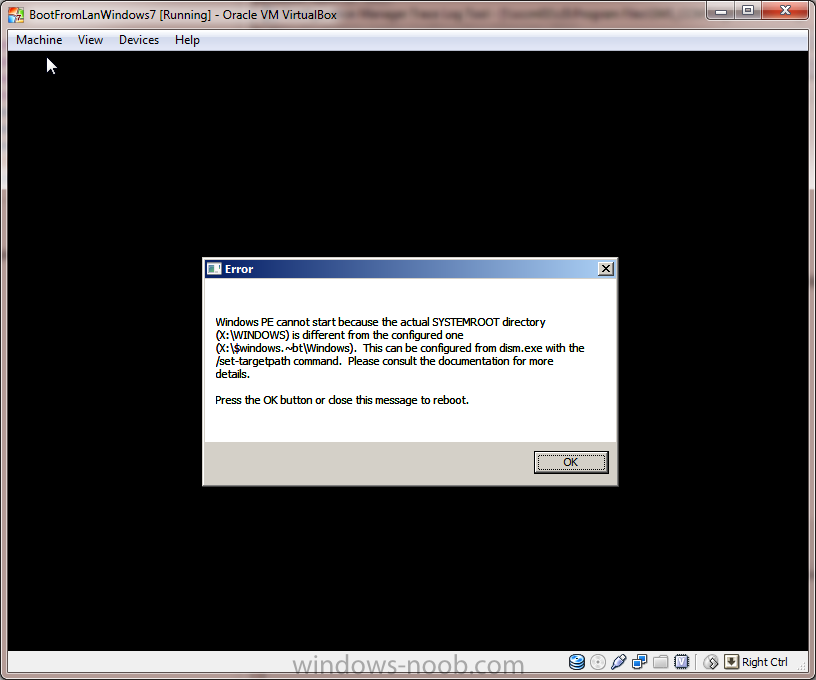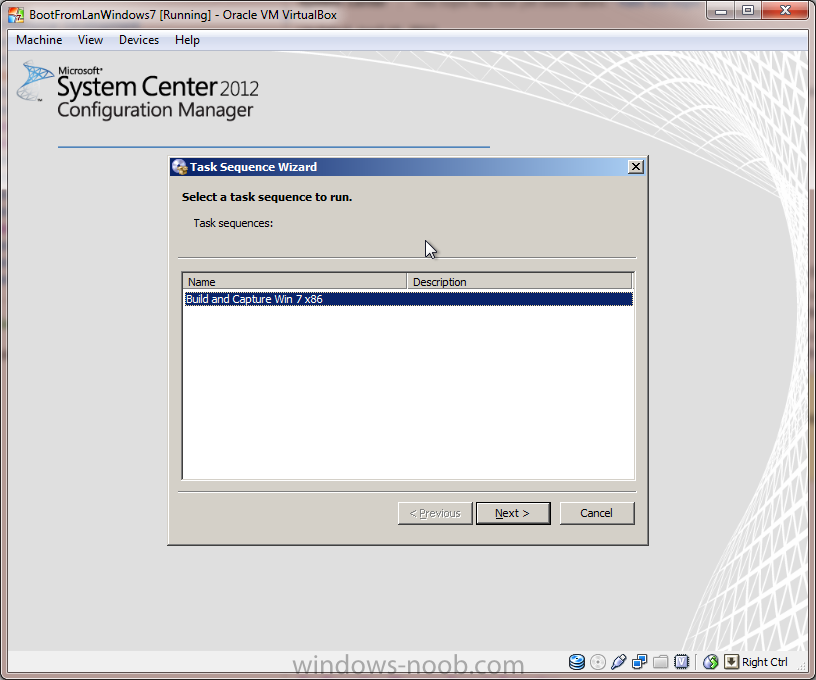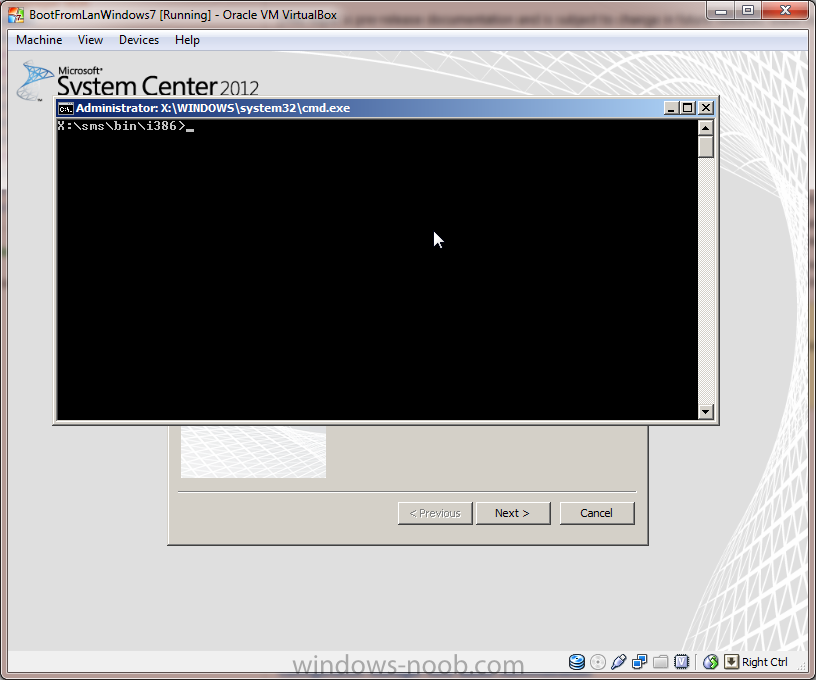Search the Community
Showing results for tags 'OS deployment'.
-
Dear Gurus, Urgent need for your expert views in following situation. Need to deploy Image of OS with following Requirements 1) OS (Obvious) Windows 7 Professional 2) Drivers Included 3) Software - MS Office, Adobe reader, Lync 4) All Available OS Updates 5) Every time computer must have diff...
-
I used offline image servicing to update one of our Windows 7 images for O/S deployment. Unfortunately I had it install an update that broke the image and I had to restore it from the backup image the Schedule Updates wizard creates. The issue is that now the update status still shows all the upda...
-
- OS deployment
- imaging
-
(and 1 more)
Tagged with:
-
Hi All, We are beginning to use SCCM to redeploy images to computer labs. Since these computers are known and we want to keep their current network settings and names we are doing the OSD via the Configuration Manager client. After these computers image, some work fine, but others have trouble with...
- 1 reply
-
- Os Deployment
- Windows 81
-
(and 2 more)
Tagged with:
-
We are using SCCM 2012, and we are deploying windows 7. I do not have much experience with SCCM. This problem happens when I deploying windows 7. I am upgrading from windows xp. This problem did start for two days ago, I can’t see any explanation why this happens. Before this happened, I deploy Wind...
-
I Set up SCCM 2012 RTM, and have been fighting with deploy and capture for a few days. I successfully imported an Operating System Installer I successfully created a task sequence I I was able to get the machine to PXE boot, and it almost loaded windows PE; however, I kept getting the follow...
- 4 replies
-
- OS Deployment
- WDS
-
(and 3 more)
Tagged with:
-
I just set off my manage Distribution points for my newly created Captured image. I loaded and put it in to the Operating System Images. Is it normal to take down the rest of my PXE Booting ability till that is done? I have noticed this is the current case. I also can do no work in SCCM since it is...
- 4 replies
-
- configuration manager 2007
- OS Deployment
- (and 1 more)
-
Who cleared the PXE flag??
Christian1805 posted a question in Troubleshooting, Tools, Hints and Tips
Hi everybody! We have a SCCM 2007 R2 environment with nearly 20 secondary sites under 1 central site. Now it comes to security permissions delegations to the local admin at the local sites that they can do their Windows 7 Rollout. I created a security structure in SCCM with a flat hierarchie of...





